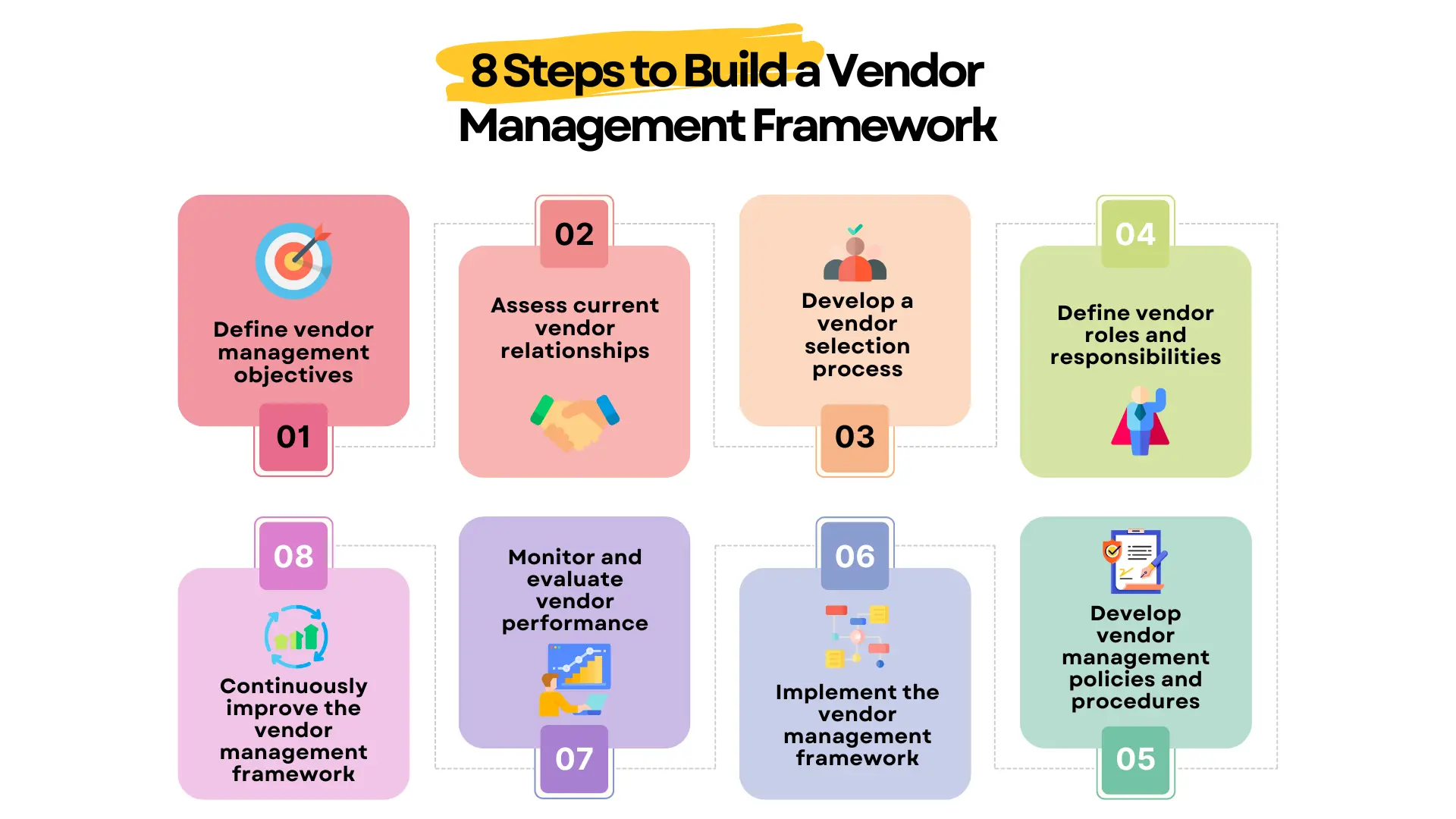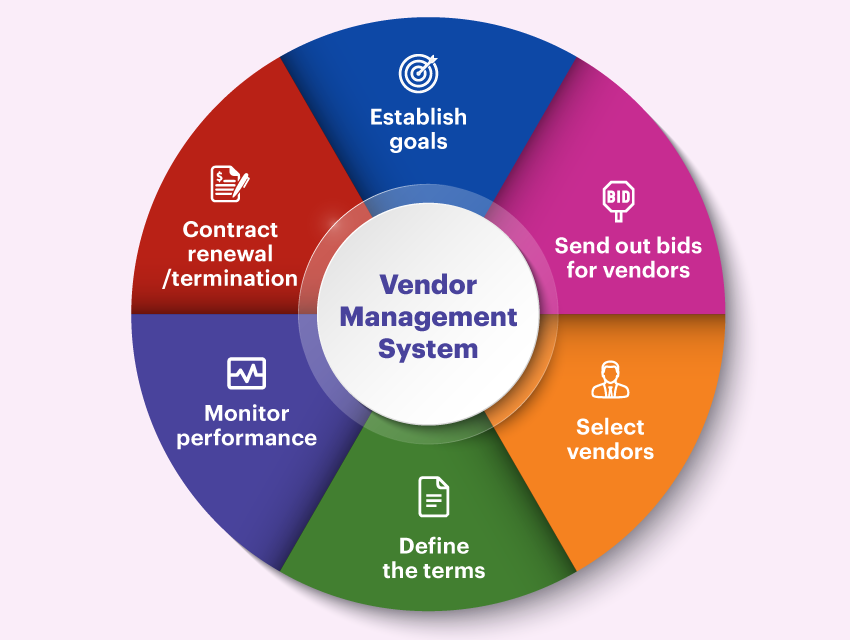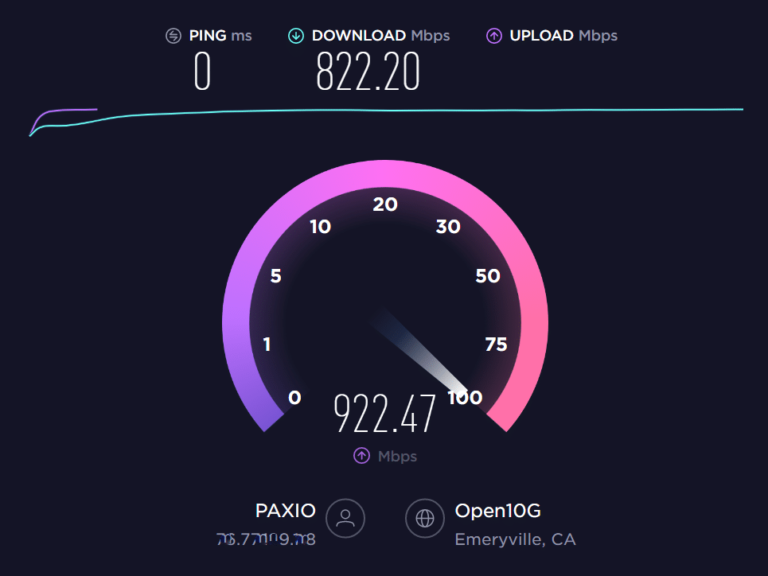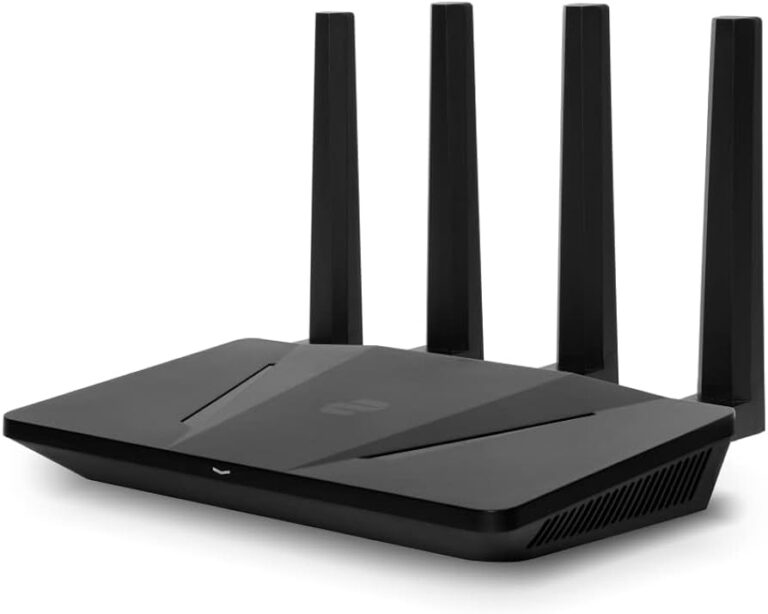How Do You Implement A Vendor Management System?
A Vendor Management System (VMS) is a business process used to manage and track external vendors and service providers. It is used to create, manage, and evaluate relationships with vendors, contract terms, and services provided. It can also be used to track vendor performance and ensure compliance with vendor contracts. Implementing a VMS can help organizations streamline their vendor management processes, reduce costs, and ensure they are getting the best value from their vendors. The key to successful implementation is understanding the goals of the organization and having a clear plan in place. This includes outlining the steps for onboarding new vendors, setting up the system, tracking performance, and reporting metrics. Having an experienced team to help guide the process can also be beneficial.
Understanding Vendor Management Systems
Vendor management systems (VMS) are an essential part of any business that works with external vendors or suppliers. These systems help organizations manage the process of acquiring, evaluating, and managing vendors, ensuring that the organization is getting the best value for their money. Implementing a VMS can be a complex process, so it’s important to understand what it involves.
First, it’s essential to determine the exact requirements for the project. This includes understanding the scope of the project, the timeline, budget, and expected outcomes. Additionally, the organization should define the roles and responsibilities of the vendors, as well as the criteria for vendor selection and evaluation. Once these criteria are established, the organization can begin searching for suitable vendors.
Once the vendors have been identified, the organization should assess their performance and capabilities. This includes conducting references checks and obtaining vendor certifications, such as ISO and other industry certifications. Additionally, the organization should review vendor contracts, and ensure that the terms and conditions of the agreement are clear and fair.
Once the vendors have been selected and contracted, the organization should monitor the vendor’s performance. This includes performance reviews, tracking vendor performance metrics, and ensuring that the vendor is adhering to the terms and conditions of the agreement. Additionally, the organization should monitor the vendor’s compliance with applicable laws and regulations.
Implementing a VMS is a complex process, but it is essential for ensuring that organizations are working with reliable and reputable vendors. By following the steps outlined above, organizations can ensure that they are getting the most out of their vendors and are able to manage their vendors effectively.
Identifying the Need for a Vendor Management System
Vendor management is a crucial component of any business, large or small. It allows companies to keep track of their vendors and ensure that their services are up to date and reliable. Implementing a vendor management system is an important step in streamlining the process and ensuring the highest level of efficiency. To ensure success, it’s important to understand what a vendor management system is, why it’s necessary, and how to properly implement it.
Vendor management is the process of identifying, evaluating, and monitoring the performance of a vendor to ensure that they are providing the highest quality services. It also involves establishing and maintaining communication with the vendor to ensure that any issues are addressed promptly. A vendor management system allows companies to better organize and monitor their vendors, as well as providing a platform for vendor-related communication.
When deciding whether or not to implement a vendor management system, it’s important to consider the potential benefits. A vendor management system can help to streamline the process of managing vendors, reduce the amount of paperwork associated with vendor management, and help to identify any potential problems or discrepancies with the vendor’s performance. Additionally, a vendor management system can also help to reduce costs, as companies can better evaluate their vendors and make sure they are getting the best deal.
Overall, a vendor management system is a valuable asset for any business that uses vendors. It can help to streamline the process of managing vendors, reduce costs, and ensure that the services provided by the vendor are up to date and reliable. Implementing a vendor management system requires careful consideration and planning, but can be well worth the effort.
Assessing Vendor Management System Options
Vendor management systems (VMS) are becoming increasingly popular among businesses for managing relationships with third-party vendors. Implementing a VMS can be critical for improving business efficiencies, reducing risk, and streamlining processes. But the first step in implementing a VMS is assessing the options.
When it comes to vendor management, there are several potential solutions to choose from, each with their own advantages and disadvantages. It is important to consider factors such as the size of the organization, the number of vendors, the types of processes, and the budget when assessing the different options. Organizations should also consider the scalability of the system, the level of customization, and the ease of use when evaluating the different solutions.
Organizations should also consider the risks associated with any vendor management system. These risks include security concerns, compliance issues, and potential financial losses. It is important to evaluate these risks before selecting a particular system.
Finally, it is important to consider the overall cost of the system. Organizations should consider the cost of the system, the cost of implementation, and the cost of maintenance when assessing different vendor management system options.
In conclusion, assessing the different vendor management system options is an important step in implementing a VMS. Organizations should consider factors such as size, number of vendors, scalability, customization, ease of use, and cost when evaluating the different solutions. Additionally, organizations should also consider the associated risks before selecting a system.

Establishing Vendor Management System Requirements
Vendor management systems are a critical element of a successful business. Implementing a system that meets the needs of your organization can be a daunting task, but it is essential for ensuring compliance, reducing risk, and improving vendor relationships. Establishing vendor management system requirements is the first step in implementing a successful vendor management system.
The process of establishing system requirements should begin with a thorough review of your organization’s existing processes and procedures. This helps identify any areas that may need updating or streamlining, and can help ensure that your vendor management system meets all of your organization’s needs.
Once the existing processes have been reviewed, the next step is to determine the specific requirements for the vendor management system. This includes identifying the types of vendors you will be managing, the information you need to capture, and the processes that need to be followed. It is important to consider the potential risks associated with each type of vendor and ensure that the system is designed to proactively manage these risks.
Following the identification of the system requirements, the next step is to consider the technology that will be used to implement the system. This includes selecting the software platform, evaluating the features and functionality of the software, and ensuring that the system is compatible with any existing systems. It is also important to consider any additional resources that may be needed to ensure the successful implementation of the system.
By thoroughly establishing vendor management system requirements, you can ensure that your organization has a system that meets all of its needs. This will help reduce risk, ensure compliance, and improve vendor relationships.
Implementing and Testing the Vendor Management System
Having a vendor management system in place is essential for keeping business operations running smoothly. With the right system, a business can manage vendors more efficiently, save time and money, and ensure quality service. But how do you actually implement a vendor management system?
The first step to implementing a vendor management system is to identify the vendors that need to be managed and create profiles for each of them. This includes gathering information on each vendor’s services, capabilities, and pricing. Once the profiles are created, the next step is to define the requirements for each vendor, such as quality assurance processes, delivery times, and payment terms.
The next step is to create a vendor evaluation process that allows you to compare vendors and select the most suitable one. This process should include criteria such as cost, reliability, and customer service. Once the vendor is selected, the last step is to create a contract that outlines the agreed upon terms and conditions.
Once the vendor management system is in place, it is important to test it to ensure that it is running smoothly and meeting your needs. This includes testing the system for accuracy, reliability, and performance. After the system has been tested and approved, you can start using it to manage your vendors and ensure quality service.
Ongoing Management of the Vendor Management System
Once a vendor management system has been implemented, it is important to ensure that it is properly managed. This includes monitoring and measuring the performance of the system, as well as making necessary changes and adjustments in order to ensure that it is meeting the needs of the organization. Vendor management should be an ongoing process, as it is important to stay updated on the vendor’s services and process changes, as well as to ensure that the system is functioning properly.
The primary way to manage a vendor management system is to have someone in charge of it. This person should be knowledgeable about the system and be responsible for ensuring that it is properly monitored and maintained. They should also be knowledgeable about the vendors and their services, and be able to effectively communicate with them. This person should have the authority to make decisions about the system, and be able to make necessary changes as necessary.
In addition to having someone in charge of the system, it is also important to have an internal process in place to ensure that the system is functioning properly. This includes regularly reviewing the system, monitoring performance, and making necessary adjustments to ensure that it is meeting the needs of the organization. It is also important to ensure that the system is up to date with the latest technologies and services.
Overall, managing a vendor management system requires ongoing attention and diligence. It is important to have someone in charge of the system and an internal process in place to ensure its proper functioning. Additionally, it is important to stay up to date on the vendors and their services as well as the latest technologies and services. By doing this, organizations can ensure that their vendor management system is functioning properly and meeting the needs of the organization.
FAQs About the How Do You Implement A Vendor Management System?
1. What are the benefits of a Vendor Management System?
A Vendor Management System (VMS) can streamline vendor relationships, help ensure compliance, and provide visibility into vendor performance. It can help businesses manage vendor contracts, onboard new vendors, and track vendor performance.
2. How do I set up a Vendor Management System?
Setting up a VMS requires identifying the vendors you want to manage, creating a vendor profile for each vendor, and assigning roles and responsibilities. You’ll then need to set up the system to include contract management, onboarding processes, and performance tracking.
3. What are the best practices for using a Vendor Management System?
The best practices for using a VMS include creating standard processes, regularly monitoring vendor performance, and maintaining clear communication with vendors. It’s also important to ensure that all vendor data is accurate and up to date.
Conclusion
In conclusion, implementing a Vendor Management System can be a daunting task, but it is an important part of the success of any business. It involves developing appropriate policies and procedures, selecting the right vendors, setting up contracts and agreements, tracking performance, and regularly monitoring and evaluating the vendors. With the right strategy and planning, businesses can ensure they are getting the best value for their money and build strong relationships with their vendors.




